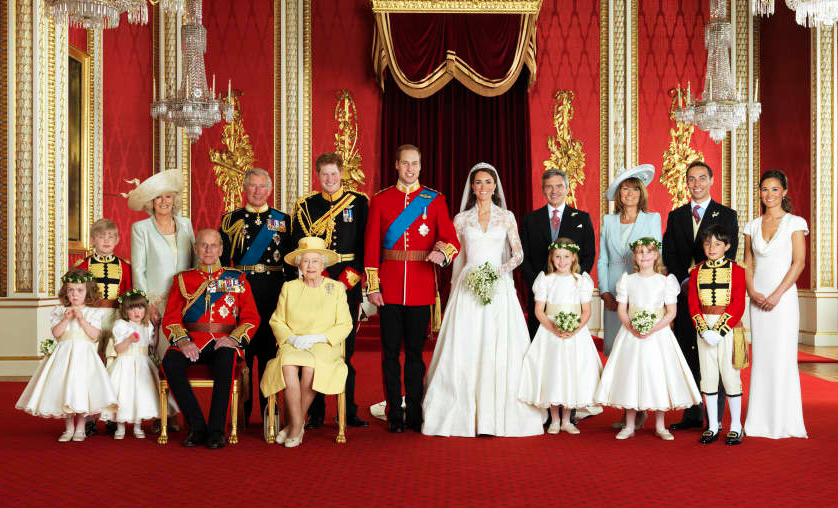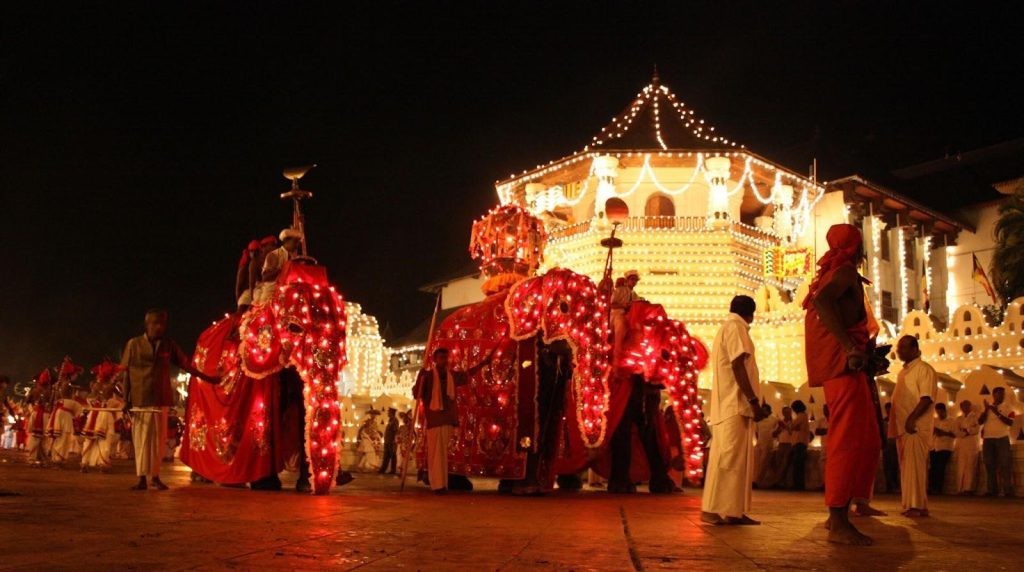History of Madagascar
The island of Madagascar is located off the eastern coast of Africa and has a rich and unique history. The following is a brief overview of its history, including its colonization by various groups, its involvement in the slave trade, and its eventual independence.
Madagascar was first inhabited by humans around 2,000 years ago, by a group of people who migrated from Southeast Asia (Hansford, 2017). These people, known as the Malagasy, brought with them their own culture and language, which has since evolved into the Malagasy language spoken today. The Malagasy people created a number of kingdoms throughout the island, including the Merina Kingdom, which was established in the early 17th century (Hansford, 2017).
In the late 18th century, Madagascar became involved in the slave trade, with the Merina Kingdom capturing and selling slaves to European traders (Hansford, 2017). This trade continued until the mid-19th century, when the French colonized Madagascar. The French established a protectorate over the island in 1885, and in 1896, they declared Madagascar a colony of France (Werner, 2021).
The French occupation of Madagascar was marked by resistance from the Malagasy people, who staged a number of uprisings against the French colonial authorities (Werner, 2021). In 1947, the Malagasy Uprising broke out, which was a widespread rebellion against French rule that lasted several months. The French responded with extreme violence, killing thousands of Malagasy people (Werner, 2021).
Madagascar gained independence from France on June 26, 1960 (Hansford, 2017). Since then, the country has struggled with political instability, poverty, and environmental challenges. However, Madagascar has also maintained its unique cultural identity, including its language and traditions, and has made efforts to protect its biodiversity, which is among the richest in the world.

https://www.wikiwand.com/en/History_of_Madagascar
Location
Madagascar is an island nation located in the Indian Ocean off the southeastern coast of Africa. The country is the fourth largest island in the world and is situated approximately 400 kilometers east of Mozambique. The country’s geographic coordinates are 20°S latitude and 47°E longitude.
The location of Madagascar has been shaped by its position on the Indian Ocean, which has made it an important center for maritime trade for centuries. The island is located at the crossroads of major trade routes between Africa, Asia, and the Middle East. This strategic location has allowed Madagascar to develop a diverse and unique culture that reflects its historical and cultural influences.
Madagascar’s location has also contributed to its biodiversity. The island is home to a vast array of plant and animal species, many of which are endemic to the island. The country’s diverse landscapes, which include rainforests, mountains, and coastal plains, provide habitats for a range of wildlife, including lemurs, chameleons, and baobab trees.
In conclusion, Madagascar is an island nation located in the Indian Ocean off the southeastern coast of Africa. Its strategic location has contributed to its cultural and biological diversity, making it a unique and fascinating destination for visitors.
https://www.britannica.com/place/Madagascar
Climate
Madagascar is an island nation located off the east coast of Africa in the Indian Ocean, with a tropical climate influenced by oceanic currents and the island’s topography. The climate of Madagascar is characterized by two distinct seasons: a hot and rainy season from November to April, and a cooler and drier season from May to October (National Geographic, 2021).
During the hot and rainy season, known as the austral summer, the island experiences high temperatures and heavy rainfall, especially along the eastern coast and in the central highlands. The western and southwestern regions of Madagascar receive less rainfall, resulting in drier conditions. The island is also prone to tropical cyclones during this season, which can cause widespread damage and flooding (National Geographic, 2021).
In contrast, the cooler and drier season, known as the austral winter, is characterized by lower temperatures and lower rainfall. The central highlands experience cool, dry weather, while the eastern coast and northern regions receive some rainfall due to the trade winds. The western and southwestern regions remain relatively dry (National Geographic, 2021).
The climate of Madagascar is influenced by a number of factors, including the island’s location in the Indian Ocean, its topography, and the prevailing winds. The warm, moist air from the Indian Ocean is forced upwards by the island’s highlands, resulting in rainfall along the eastern coast and in the central highlands. The prevailing winds also play a role in the island’s climate, with the southeast trade winds bringing moisture from the Indian Ocean during the hot and rainy season (National Geographic, 2021).
In conclusion, the climate of Madagascar is tropical, with a distinct wet season from November to April and a dry season from May to October. The island’s topography and location in the Indian Ocean play a significant role in its climate patterns. Understanding the climate of Madagascar is important for predicting weather patterns and preparing for potential natural disasters such as tropical cyclones.
https://commons.wikimedia.org/wiki/File:Koppen-Geiger_Madagascar_Basins.png
Languages
Madagascar is an island nation located off the east coast of Africa, known for its unique biodiversity and culture. The official language of Madagascar is Malagasy, which belongs to the Austronesian language family and is closely related to the languages of Indonesia, Malaysia, and the Philippines (Ethnologue, 2021). French is also an official language and is used in government, education, and the media (Ethnologue, 2021).
Malagasy has several dialects, which vary depending on the region of the island. The Merina dialect is the most widely spoken and is considered the standard variety of Malagasy (Ethnologue, 2021). Other major dialects include the Sakalava dialect spoken in the west and the Betsimisaraka dialect spoken in the east (Ethnologue, 2021).
In addition to Malagasy and French, there are several minority languages spoken in Madagascar. These include Comorian, spoken by immigrants from the Comoros Islands, and Chinese, spoken by the Chinese community in Madagascar (Ethnologue, 2021). There are also several regional languages spoken by small communities, such as Antankarana, Bara, and Tandroy (Ethnologue, 2021).
The use of Malagasy and French varies depending on the context. In informal settings, Malagasy is the dominant language, while French is used more frequently in formal settings such as government and education (Ethnologue, 2021). The use of French has been declining in recent years due to the increasing popularity of Malagasy and the push for national identity (Bakary, 2021).
In conclusion, Madagascar has a rich linguistic diversity with Malagasy being the dominant language, followed by French and several minority and regional languages. The use of these languages varies depending on the context, with Malagasy being the most commonly spoken language in informal settings, while French is used in formal settings such as government and education.




